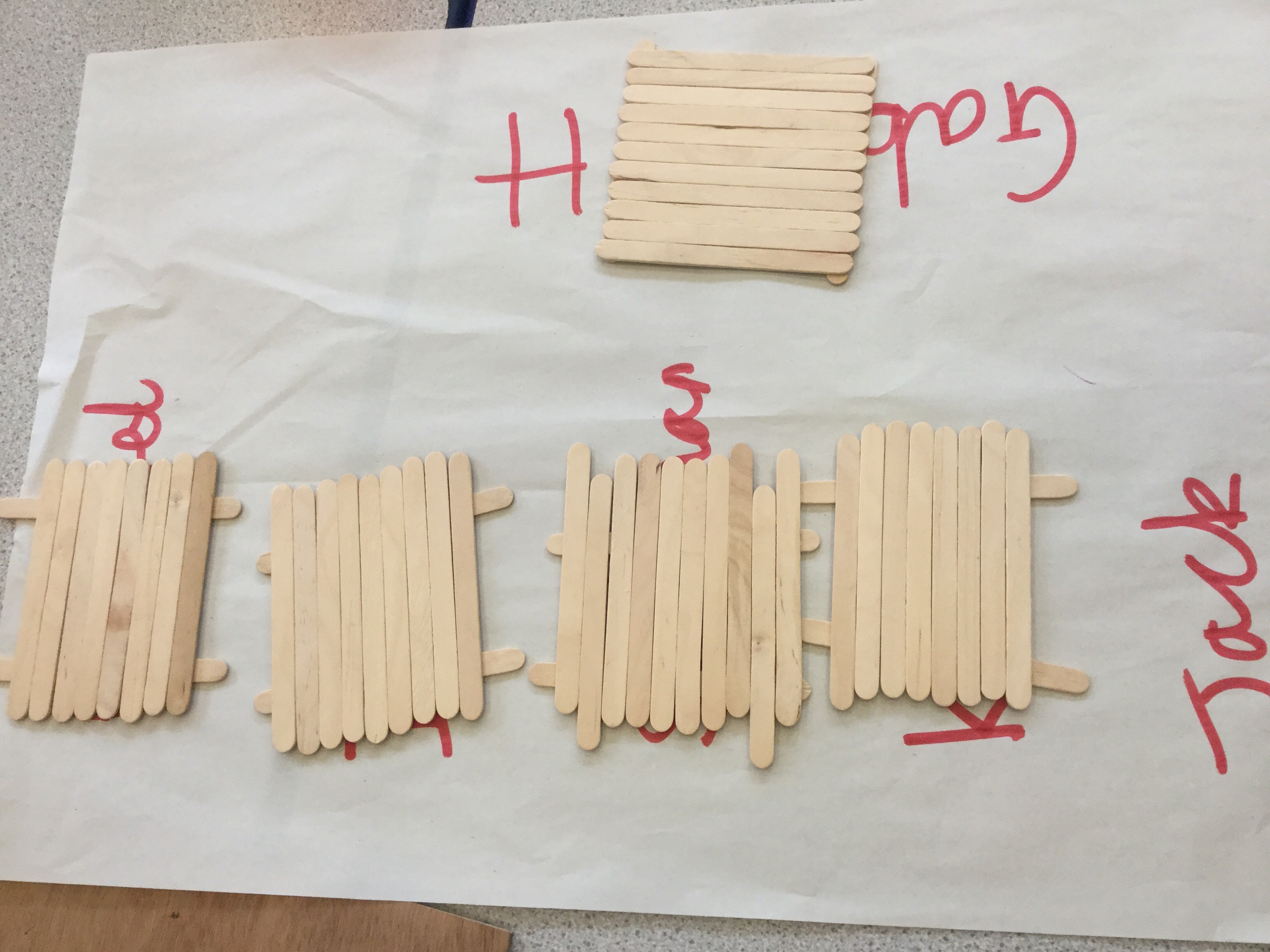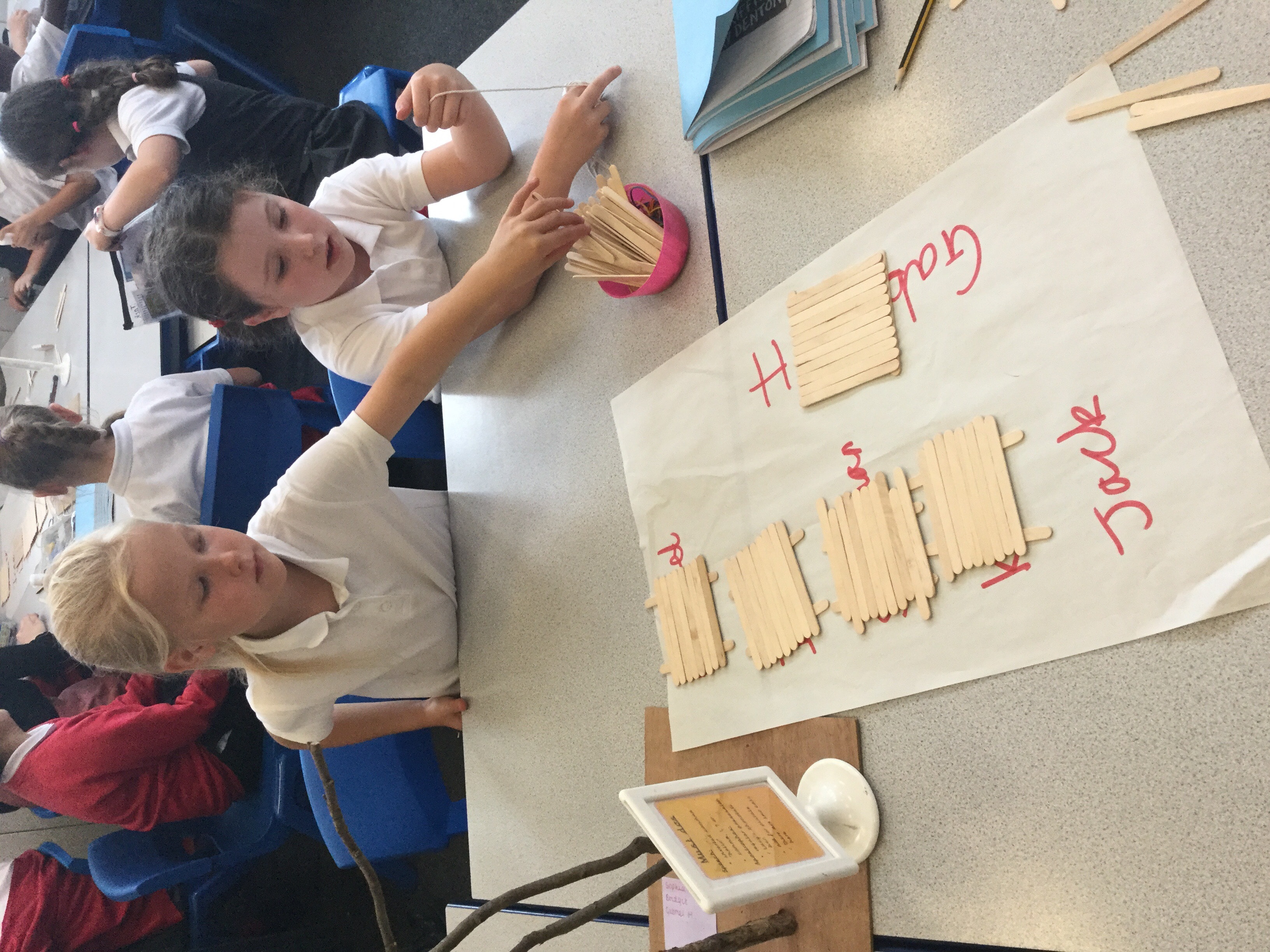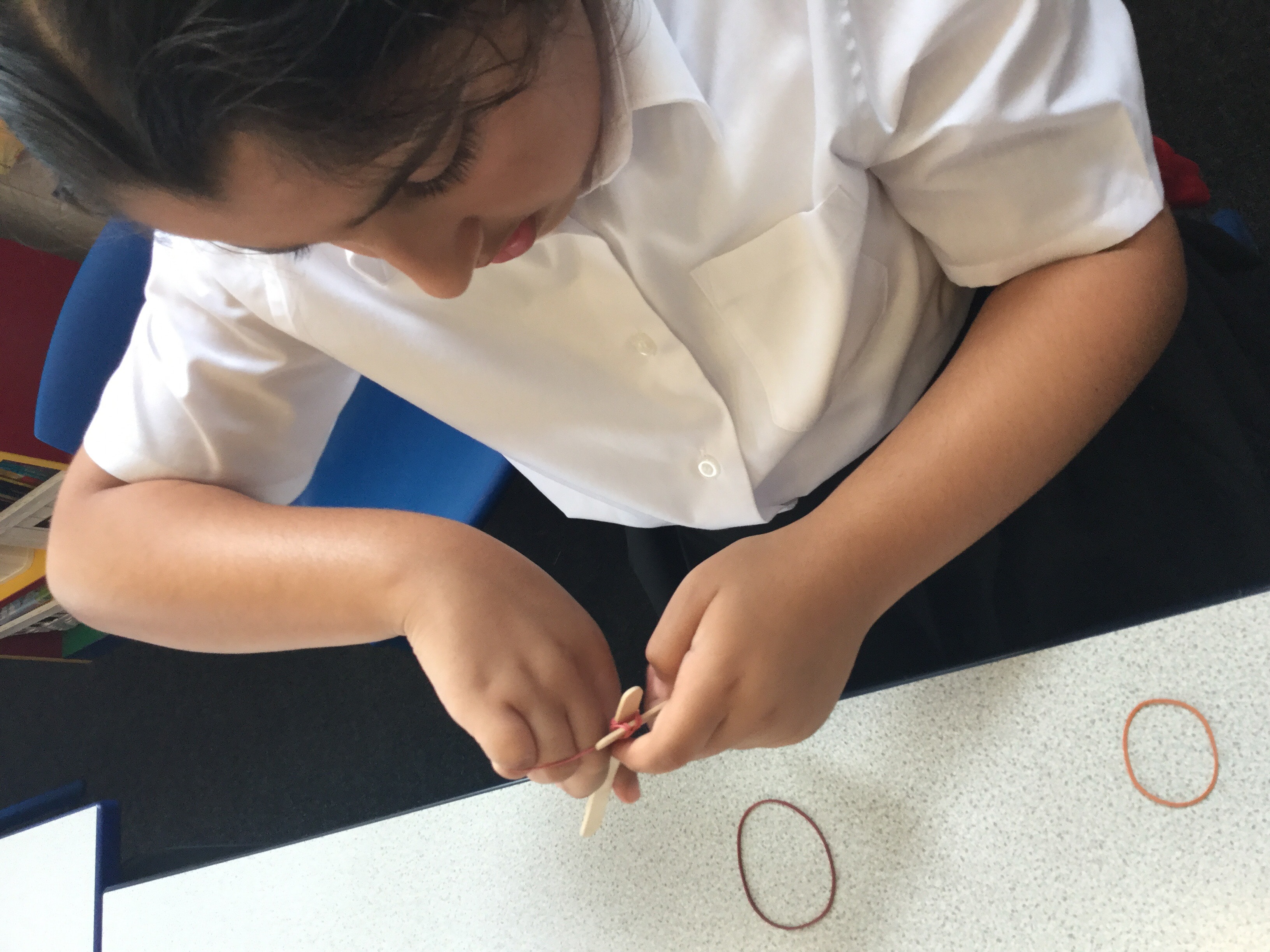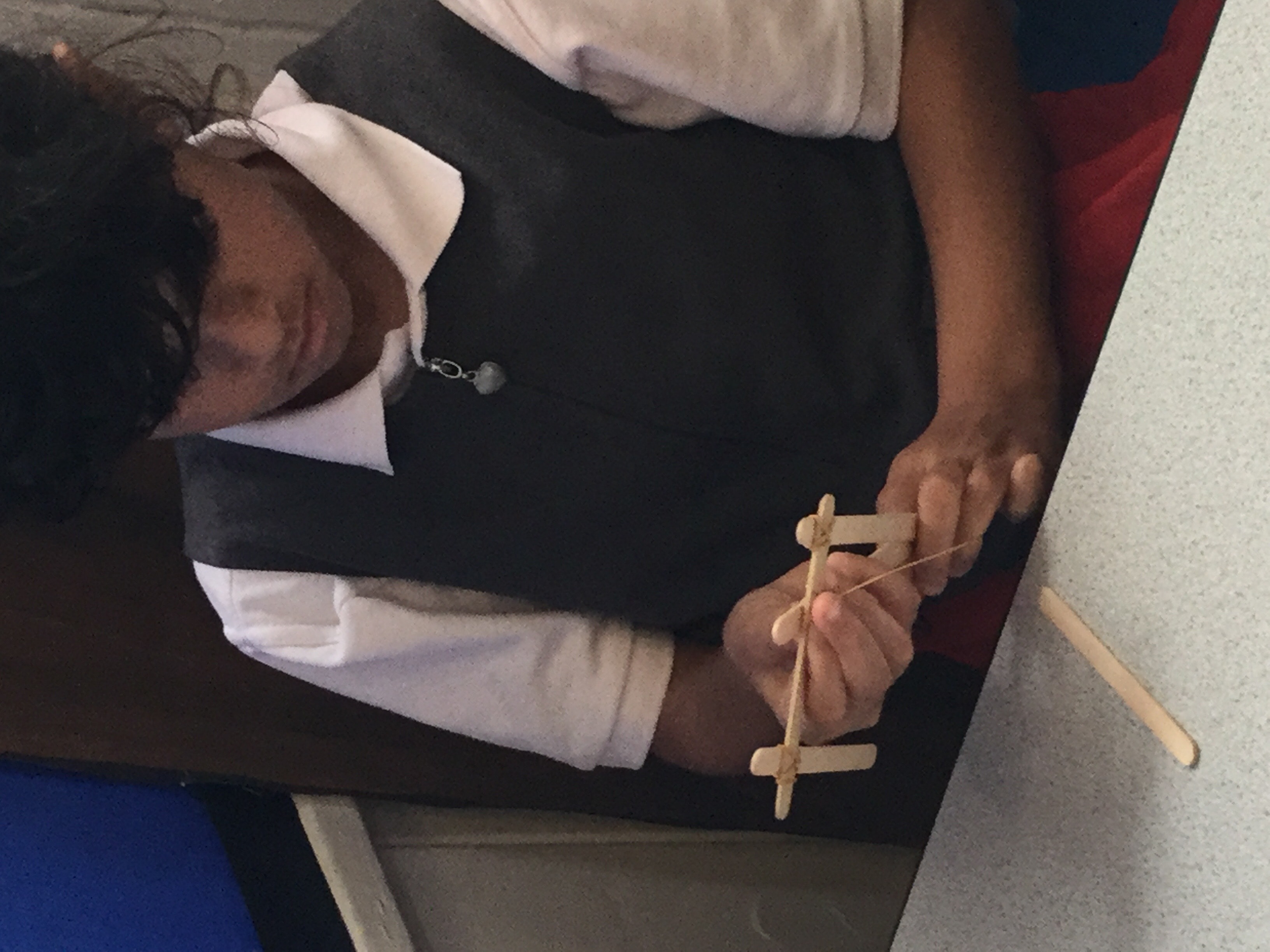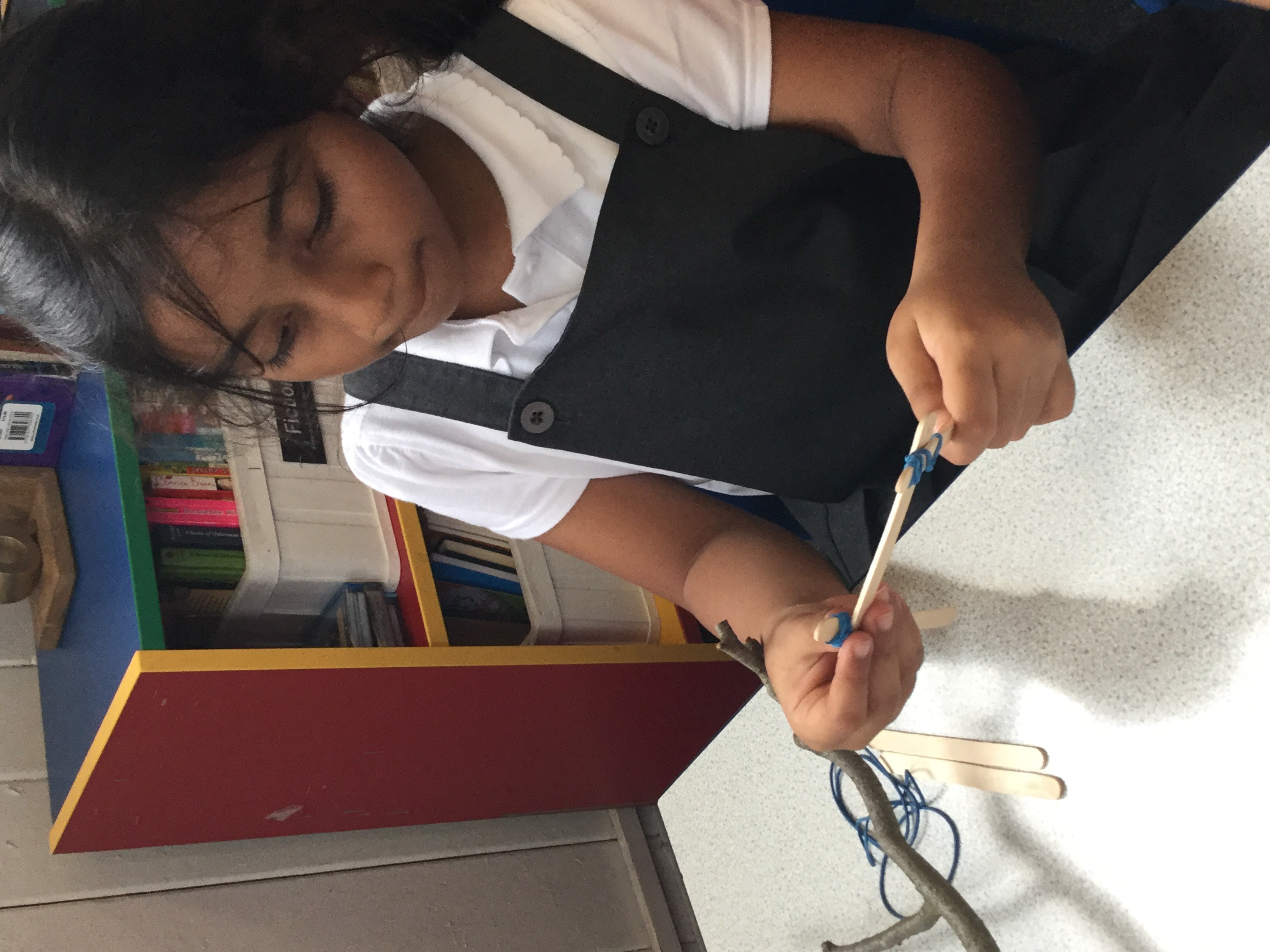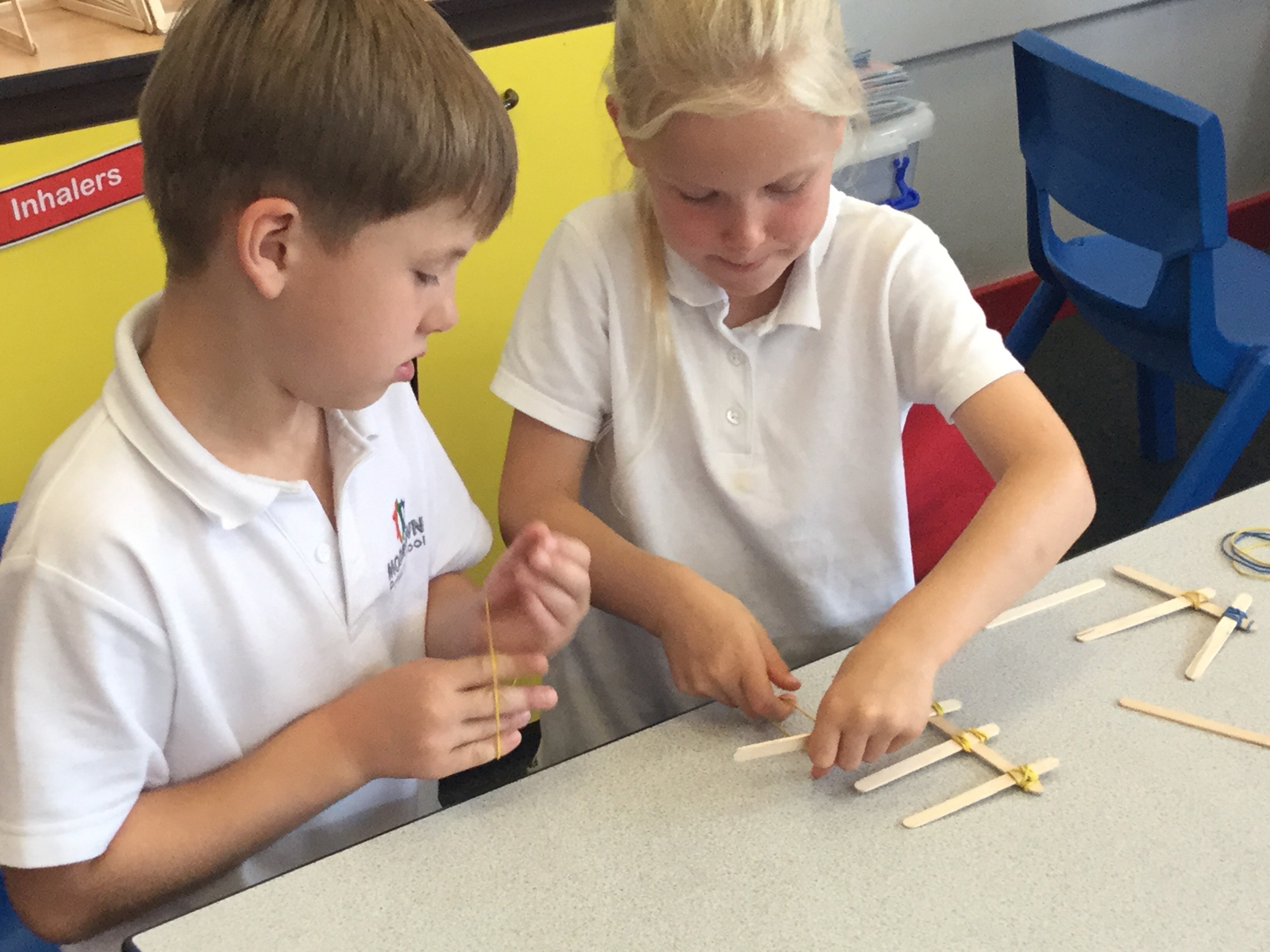Maths is all around us homework.
Thank you to all the parents that joined us today for a homework review. The children had been very creative and imaginative with their ideas. From a car journey to baking a blueberry cake, Year 2 had really looked out for maths both in and out of the home. Well done all!








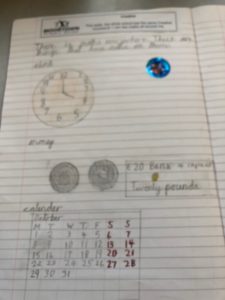



Netballers
Well done the Year 5 and 6 children who took part in the netball come and try fun festival tonight at Roundhay School.
The festival was a chance to play matches in a friendly environment (with some coaching as they played). Thank you to Chrisi Nicholson Bennett and Roundhay School Young Leaders for hosting the event.

Healthy Schools revalidation
We are proud to continue to be a happy and healthy school.

‘Congratulations on re-validating your Healthy Schools Status using the School Health Check tool, indicating that your school has self-evaluated whole school health. This demonstrates that your school is continuing to embed and improve provision against the four core areas of Healthy Schools.’
Health and Wellbeing service, Leeds City Council
Our re-validation was based on the four core areas of Healthy Schools –
- Personal Social Health Education (PSHE)
- Healthy Eating
- Physical Activity
- Emotional Wellbeing and Mental Health
A visit will be arranged later this year to externally reassess this self-validation.
This status is valid for three years before re-validation is necessary (August 2019 – August 2022). During this period, a visit will be arranged to externally reassess your self-validation. Once the school has had a successful reassessment, you will then receive a Healthy Schools plaque and feedback report. In the meantime, we do recommend that you update the School Health Check on an annual basis.
Science and dance
Monday afternoon is when Year 2 become scientists. With the help of our materials monster, we’ve been busy learning lots about everyday materials.
This week, the children were provided with a selection of objects and they were asked to generate some questions of what they wanted to find out.

We decided to test whether we could change the shape of the objects by squashing, bending, twisting and stretching (one of the science objectives for Year 2).







Here are some of the working scientifically objectives we covered as well.
I can ask simple questions and recognise that they can be answered in different ways.
I can observe carefully, using simple equipment.
I can perform simple tests.
I can identify and classify.
I can use my observations and ideas to suggest answers to questions.
I can gather and record data to help in answering questions.
Following on from this learning, Year 2 used their bodies in dance to show some of these properties. Can you guess which of the poses show ‘stretch’, ‘bend’, ‘squash’ and ‘twist’?



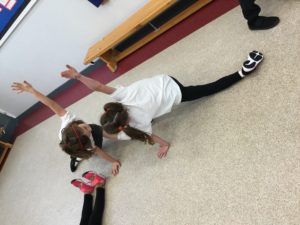
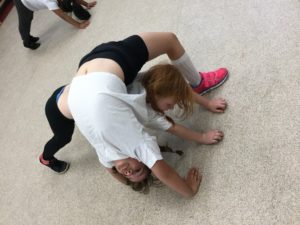

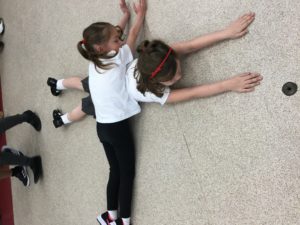



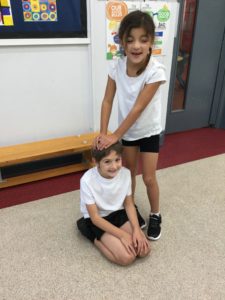
Science
On Fridays, Year 3 have Science lessons. We’re learning about states of matter including solids, liquids and gasses.
Last week, we learnt about a matter changing states.
We can melt butter, cheese and most excitingly chocolate. They change from a solid to a liquid.
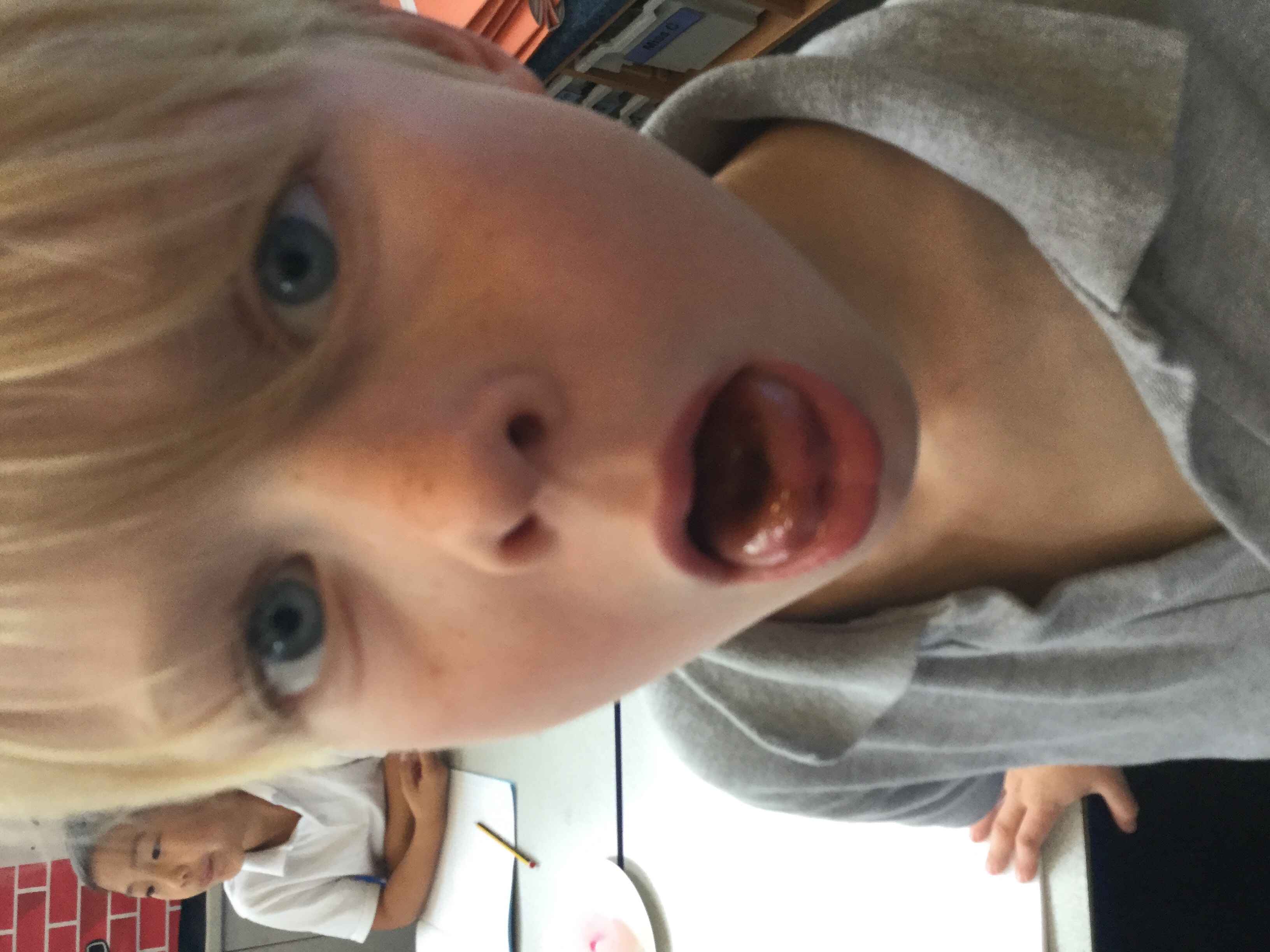
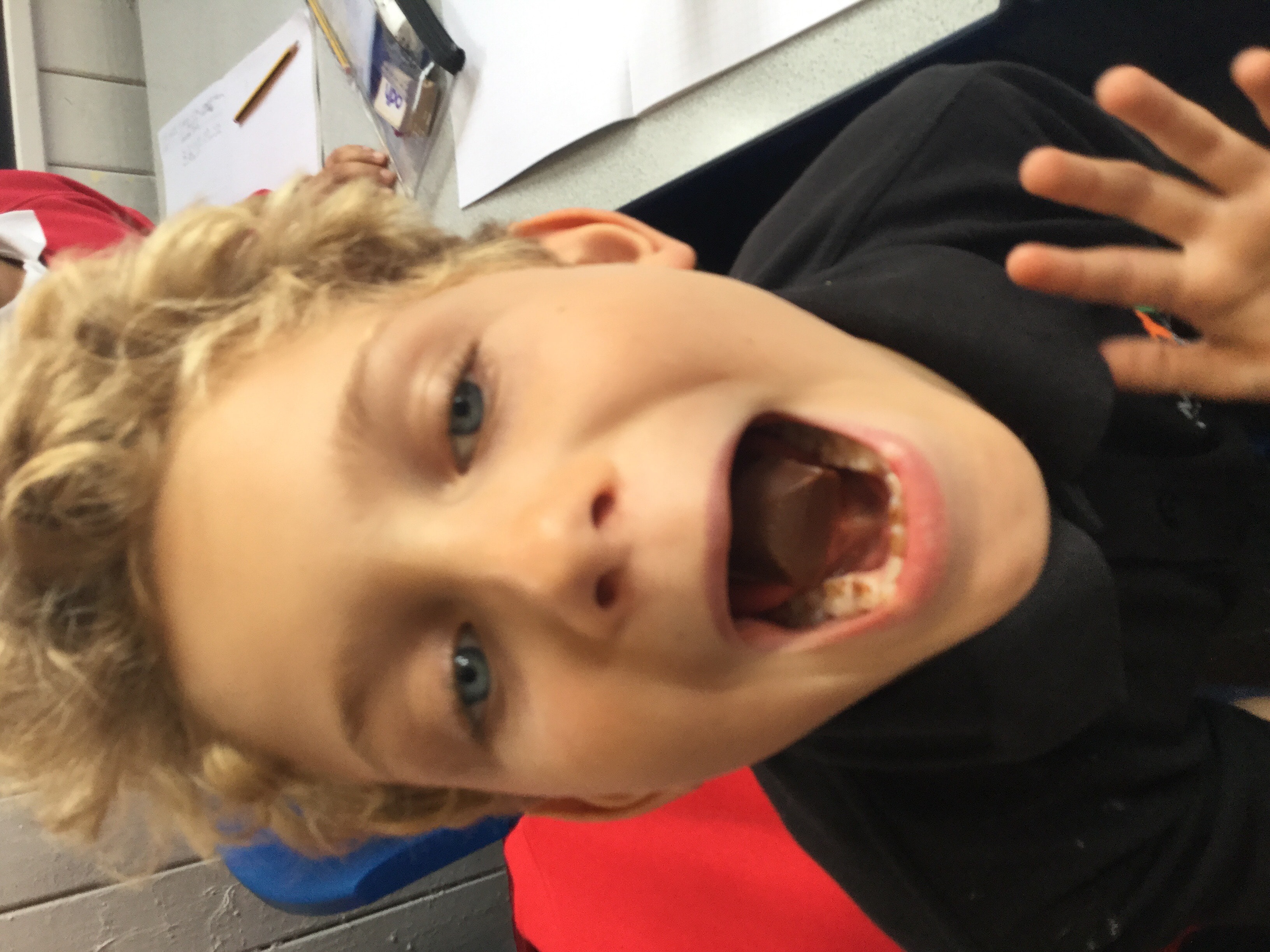

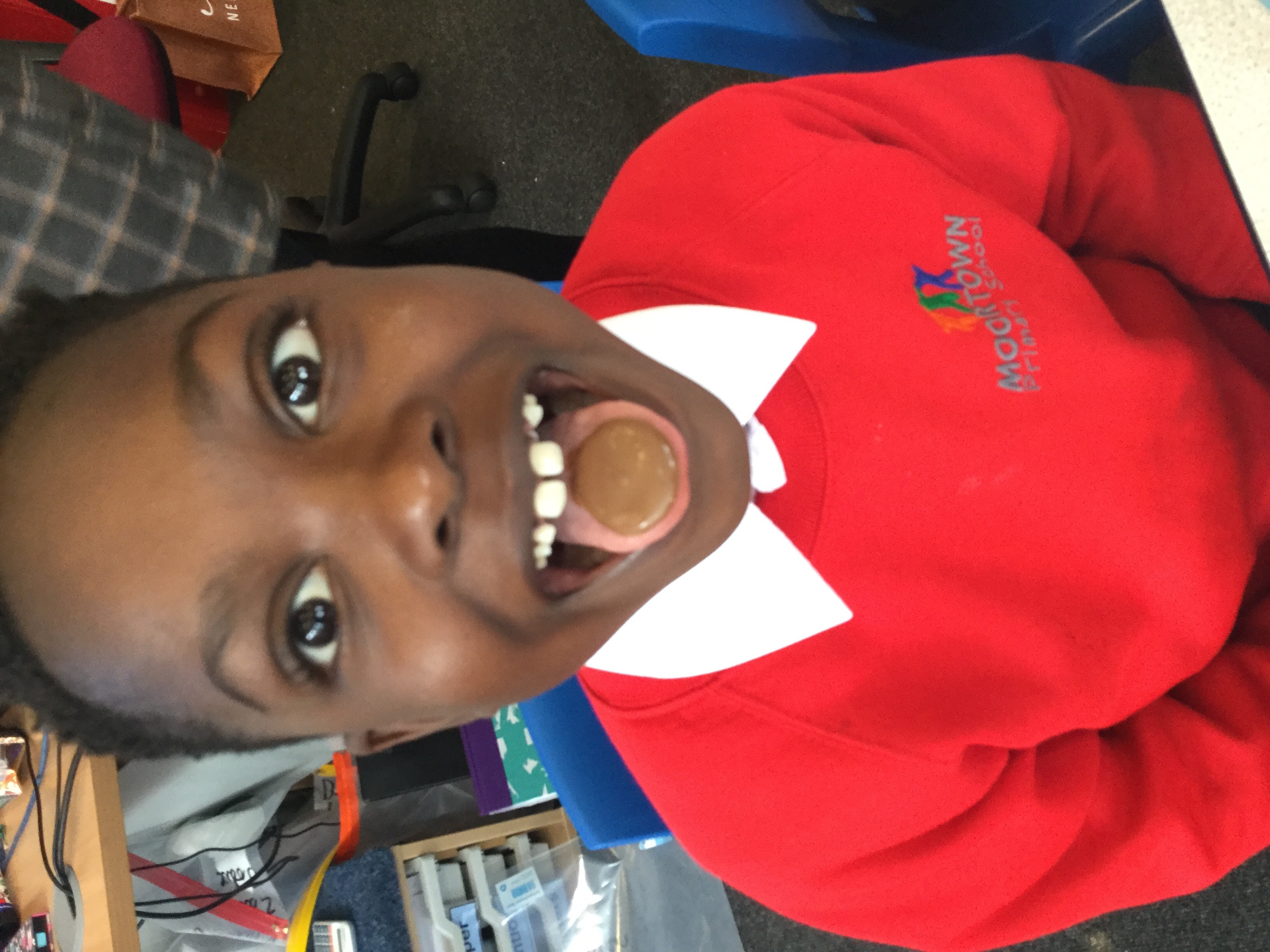
Ask your child about how, and if, we can change the state of matter of:
- a candle
- water
- sugar
Topic
Year 3 have learnt how to stiffen and strengthen structures.
We used glue to strengthen a platform.
Pattern
We have been learning to recognise, copy and create a simple pattern using cubes, natural materials and shapes.
Teaching children to recognise pattern has a positive effect on their later understanding of number. Research has found that young children’s ability to spot mathematical patterns can predict later mathematical achievement more than other abilities such as counting.
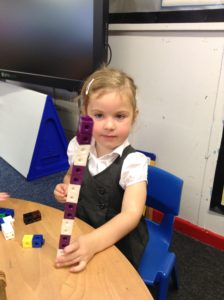
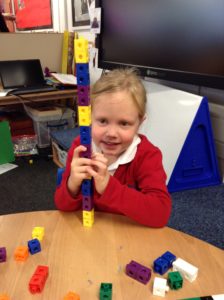
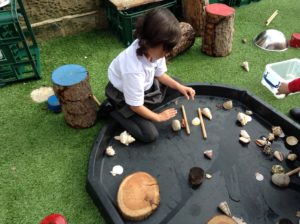
Why not encourage your child to spot patterns around the home and when out and about.
Comparing Objects
In Year One, we have been developing a good understanding of how to compare two groups of objects using the terms more than, less than and equal to. In the pictures below, the children are working in pairs to demonstrate their understanding of this.

 k
k















DT skills in action









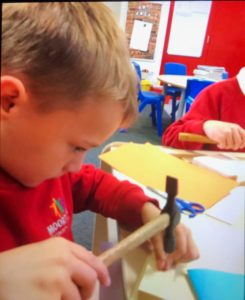
Design Technology
Our current topic, ‘Where the Wild Things Are,’ is primarily driven by design and technology. This is our main focus but we also incorporate many other subject areas into our learning.
The age related expectations for Year 2 children is to be able to:
Skills
- generate, develop and communicate ideas in different ways (eg by talking, drawing)
- design purposeful, functional, appealing products based on given design criteria
- select from and use a range of tools and equipment to perform practical tasks [eg cutting, shaping, joining and finishing]
- select from and use a wide range of materials and components, including construction materials and textiles
- explore and evaluate a range of existing products
- evaluate my ideas and products against given design criteria.
Knowledge - know that products are designed
- know, through exploration, how products can be made stronger, stiffer or more stable
In the story, Max sails away in a boat to where the wild things are. The image below has inspired us to make our own boats.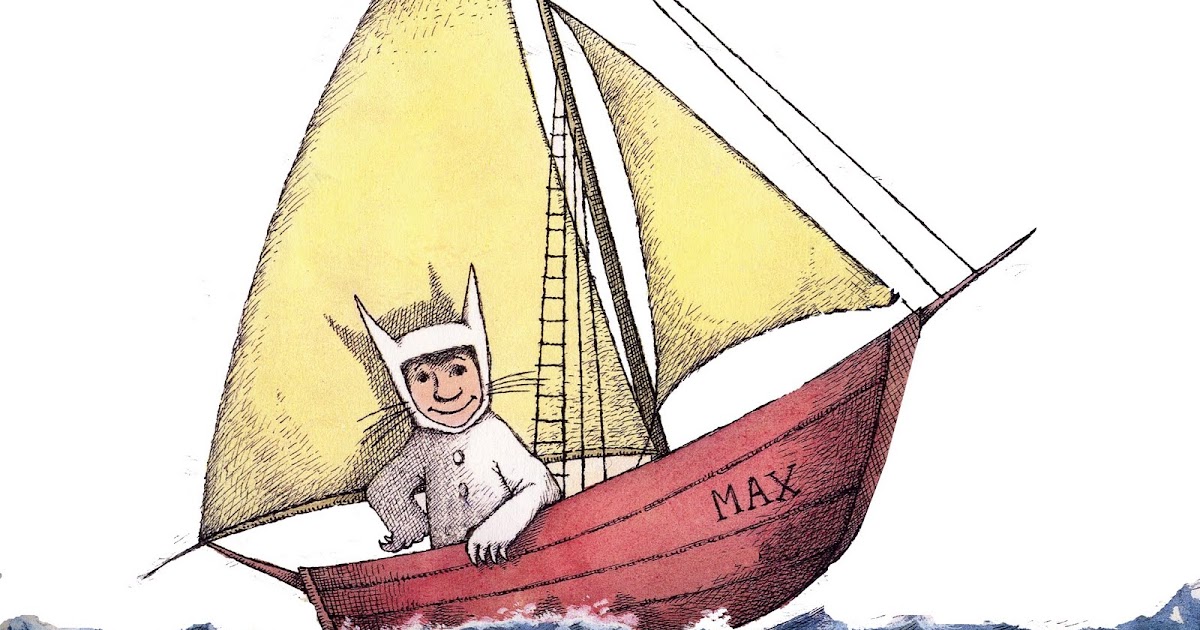
We have looked at existing boats, made shapes for the bottom and sides using playdough, completed some observational drawing and created Lego boats.








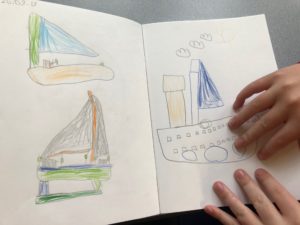





Today, the children thought about different joining, fixing and attaching methods. After experimenting with joining techniques, Year 2 were asked to note down the strongest and weakest ways of joining materials.
I thought the blu tack was the weakest because the materials didn’t stick together. It was too soft.
I’m going to use the tacks for my boat. They held the materials together and were solid.
The pins would help my boat to be stable.
Cello tape might go soggy when it gets wet. My boat wouldn’t float.








Having explored all of the above, Year 2 are now ready to design and construct their own boats.
Finally, the children decided a design criteria for their own models.
• The boat can float.
• The boat has a triangular sail.
• The boat is sturdy and stable.
• The boat can hold one Lego person.
